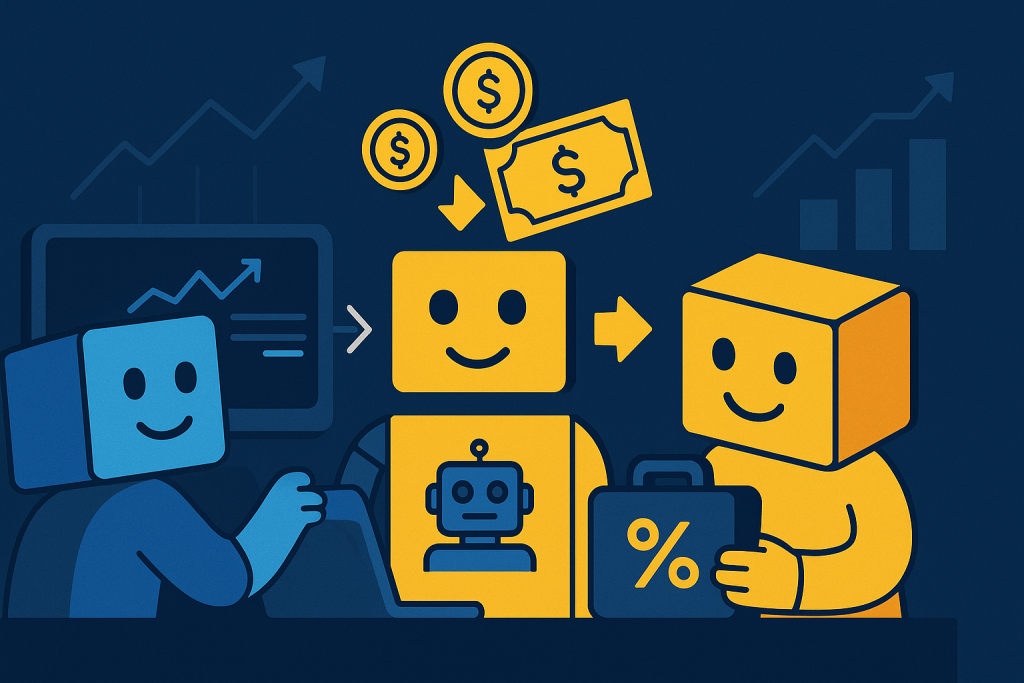
In the world of automated trading, creating a profitable robot is no longer just a technical challenge. Today, it has become the foundation for a scalable business that can generate sustainable passive income. The growth of funding accounts has made it possible for an effective strategy to become a source of income without risking any of your own money. Although the process is simple in structure, it requires careful analysis: design, testing, funding, scaling, and profit distribution.
1. Robot Design
The first step is to design the robot. In this phase, you define how it will operate: you choose the signals you will use, how you will manage risk, what assets you will manage, and when you will trade. You don’t need to look for the perfect strategy, just one that is consistent, resilient, and adaptable. The clearer your approach, the easier it will be to maintain and improve the robot in the future.
2. Testing and Validation
Once the design is in place, testing begins. At tradEASy, this is done through backtesting, simulations with real data, and testing on demo accounts. The goal is to ensure that the strategy works well in different market conditions, doesn’t rely on a single setting, and has statistically based performance. The robot is also adjusted to comply with funding account regulations, such as drawdown limits and trade sizes.
3. Funding
When the robot shows consistent performance, it’s time to submit it to a funding challenge. In this type of evaluation, the trader doesn’t need to invest their own money; they simply pay to participate in a test where they must achieve profitability targets without exceeding established risk limits. If the robot passes the evaluation, it is assigned a funded real account, where it will trade with other people’s money and receive a percentage of the profits obtained, known as a “profit split,” which typically ranges from 70% to 90%.
4. Passive Income
The attractive feature of this model is that, once the robot is funded, it generates income automatically, without the need for constant intervention. This income is considered passive because the trader doesn’t have to manually manage trades. Their role is more like that of a supervisor, ensuring the system is working properly, making occasional adjustments, and respecting pre-established limits.
5. Scaling and Diversification
The next step is scaling the model. A single bot can participate in multiple funding challenges or be used in multiple funded accounts at the same time. It’s also possible to diversify the portfolio by creating different strategies, such as a more dynamic one, a more conservative one, and an overnight one, distributing them across different evaluations.
6. Scalable Revenue Model
This process creates a structure where technical knowledge becomes a productive asset. Each robot that passes an evaluation translates into a new source of income. Risk remains low, since no proprietary capital is used, and profitability can grow as the system is optimized.
At tradEAsy, we support this entire process, from the creation of robots without programming to their validation in environments that simulate reality. If you already have a working trading logic or are developing one, this model may be your opportunity to turn automated trading into a real, long-term, and sustainable business.
